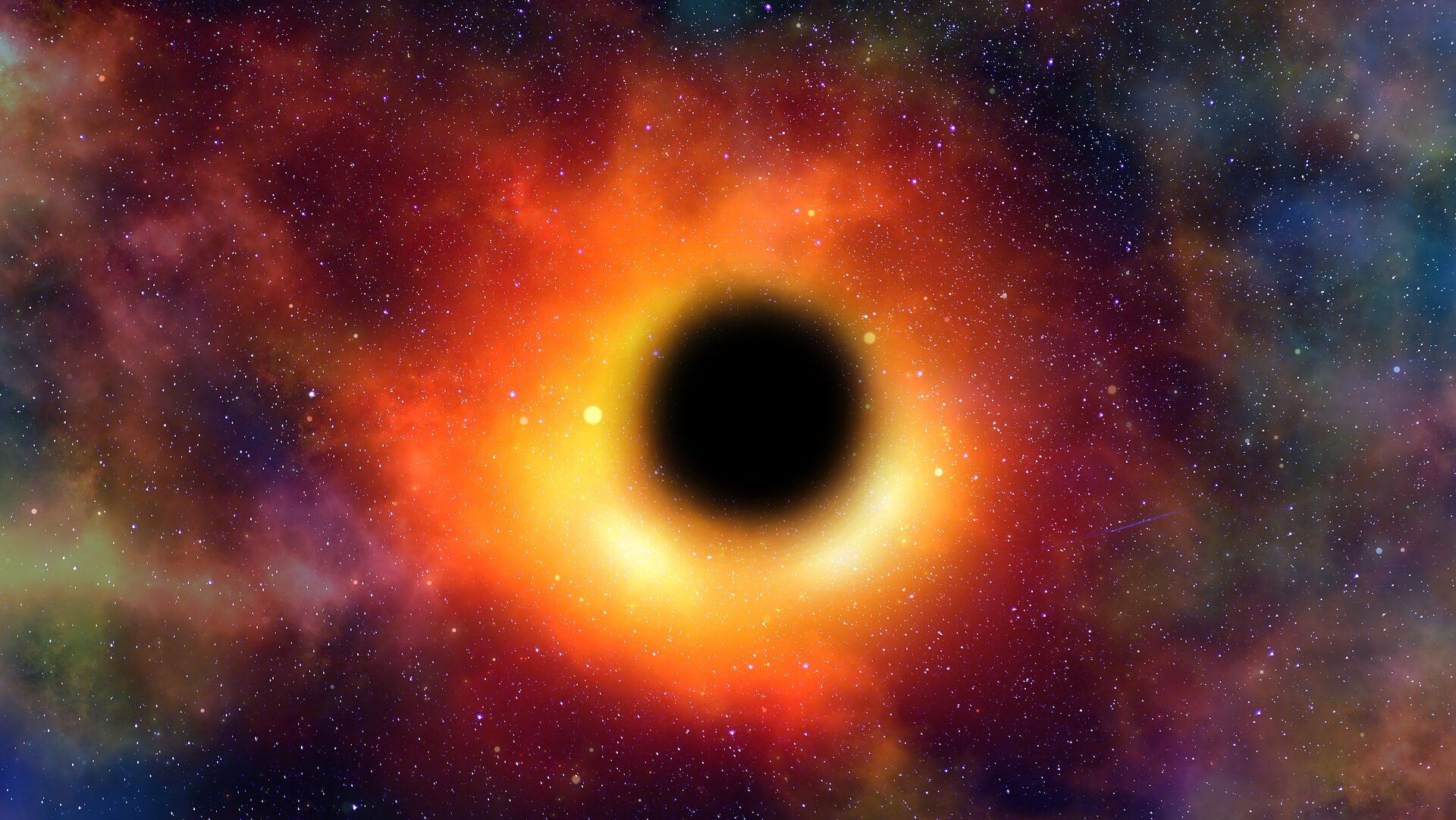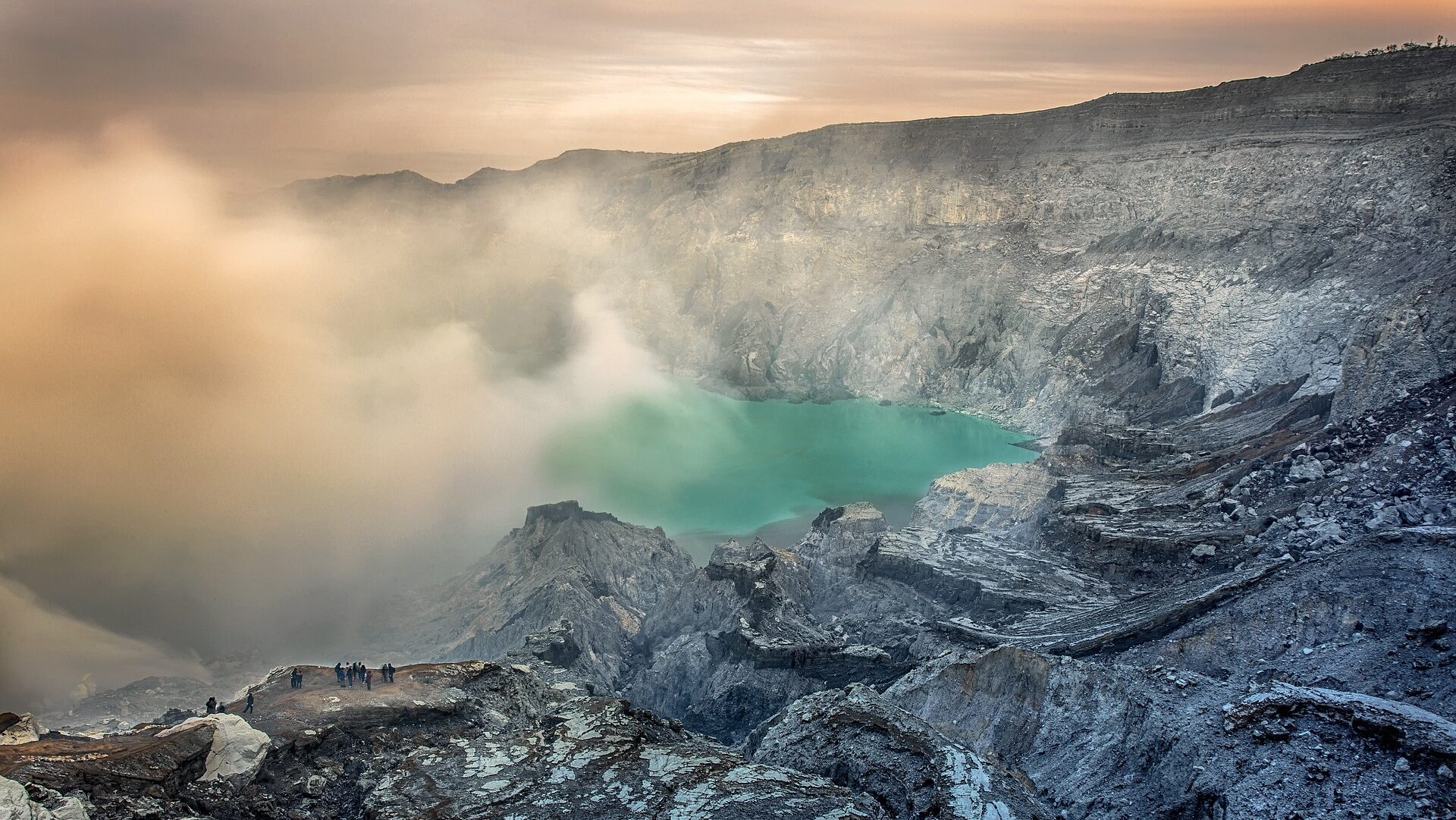Reading Time – 8 Minutes, Difficulty Level – 1/5
Black holes have been at the centre of modern astrophysics ever since their first proposal over two hundred years ago. And still to this day they remain there, the frontier of physics where all our laws and theories begin to break down. They truly are the weirdest yet most fascinating parts of our universe and understanding black holes is the key to understanding our universe. This article aims to serve as an introduction to these wonders and hopes to shed some light on the mysteries of black holes.
What is a Black Hole?
So what actually is a black hole? You’ve probably heard the term (first coined by American physicist John Wheeler in 1968) thrown around everywhere; in books, films, TV shows; but what actually are they? Put simply, a black hole is an area in space where gravity is so strong that nothing, not even light, can escape.
As far as we know, a black hole is formed when a massive star, many times the mass of our Sun, dies. When a star this big runs out of fuel, it can no longer sustain the force of gravity pulling it inward. This causes the star to collapse under its own immense gravity, before exploding in a supernova, one of the brightest and most energetic events in the universe. The result of this violent death is the formation of a black hole.
However this is only the case for the smaller stellar mass black holes, only a few hundred to a thousand times the mass of the Sun. There are black holes in the universe so large that they could dwarf an entire solar system and have masses millions or even billions of times that of the sun. It’s these ‘supermassive black holes’ (as they have been so creatively named) that continue to puzzle scientists with each new discovery and seem to even defy the laws of physics.
Supermassive Black Holes
Supermassive black holes are some of the largest and most terrifying objects in the universe. Most lie at the centres of galaxies, and some are so large they could even dwarf an entire solar system. A good example of one is M87* (pronounced “M87 star”), the first black hole we ever photographed back in April 2019. It lies at the heart of the galaxy M87 and has a mass of roughly 6.5 billion solar masses (which means 6.5 billion times the mass of the Sun), with a diameter of 38 billion km or 24 billion miles. To put that into context, the distance from the Sun to Neptune (the furthest planet in the solar system) is 4.5 billion km or 2.8 billion miles. And this is a far cry from the biggest black hole we’ve discovered; TON 618 is thought to have a mass of 66 billion solar masses, and is so big it has a diameter 1300 times the distance from the earth to the sun!
These black holes are so huge, we don’t actually know how they were created or how they got to be so big. There hasn’t been enough time in the universe for one to have formed from a collapsed star and grown over time, and there is no other way we know of that a large black hole can form. This is one of the greatest mysteries of the universe and just one of the reasons supermassive black holes are so fascinating for physicists.
And there is one of these monsters at the heart of every galaxy in the universe, including our own; Sagittarius A* resides at the centre of the Milky Way with a mass of around 4.1 million solar masses. But there is a lot of misconception around black holes and what they do. Science fiction would lead us to believe that they are these galactic vacuum cleaners that fly through the universe eating everything in its path. However, this couldn’t be further from the truth, especially in the case of supermassive black holes.
Black Hole Physics
As I just mentioned, black holes are often thought of as these giant monsters, flying through space consuming everything that comes their way. But in reality, they act just like normal stars, only far, far bigger.
Just like a star, a black hole has a gravity that is determined by its mass, and it acts just like any other object with gravity. That is to say that if the sun suddenly turned into a black hole, the orbits of the planets wouldn’t be affected because the black hole would have the same mass and therefore the same gravity as the sun. However, this misconception arises because black holes are so small compared to their mass. For example, if a black hole was formed with the mass of the Sun, it would only be about 3 km in diameter. In contrast, a black hole the same size as the Sun would have a mass of 50 solar masses, and therefore have a much stronger gravitational pull.
Another misconception surrounding black holes is how dangerous they actually are, especially supermassive black holes. You may or may not have heard of spaghettification, the process an object undergoes when subjected to an immense gravitational pull. It is most commonly associated with black holes due to their large gravity, but it could also happen around neutron stars (which are formed in the same way as black holes but for stars of less mass) and even some sufficiently large regular stars. Spaghettification happens when the gravitational pull at your feet is significantly larger than the gravitational pull at your head. This causes your feet to get pulled towards the object (for arguments sake we’ll assume it’s a black hole) faster than your head resulting in your body being stretched out like a piece of spaghetti, hence the name.
However, this only really happens around the smaller black holes, where the strength of the gravitational pull increases dramatically the closer you get to it. Around a supermassive black hole, the gravity acts over such a large distance that it increases very gently as you approach the event horizon (the point of no return where, once crossed, nothing can get out; essentially the boundary of the black hole). In fact, most supermassive black holes are large enough that you can cross the event horizon and enter the black hole without actually noticing anything; you don’t actually get spaghettified until you get close to the singularity at the centre. Supermassive black holes are more like gentle giants than the great monsters they often thought of as.
There is so much more to learn
And there you have it, a small introduction to wonders that are black holes. We’ve learnt about what they are; how they form; the behemoths that are supermassive black holes; and even some basic physics, addressing some of the biggest misconceptions surrounding them. Yet there is so much more to learn.
This article serves as a very basic introduction to the weird and wonderful world that is black hole physics, but you could go even deeper down the rabbit hole and discover all of the complex physics and maths that govern not just black holes but the universe as a whole. And although there are lots of theories and ideas surrounding black holes, very little is confirmed; the fact we’ve only had hard evidence of their existence for 3 years shows this better than anything. But that is what inspires us to keep going, for it is curiosity about the unknown that drives scientists to research and theorise and find all there is to know about the weird and wonderful place that is the universe. As long as there are answers waiting to be found, there will be people working to find them.

I am a 6th Form student studying Physics and Maths A-Level in the UK. I have had an interest in astrophysics for as long as I can remember and was lucky enough to study Astronomy at GCSE. I am very passionate about space, particularly cosmology and the study of black holes and I hope to pursue this passion in the future, through university and beyond.








